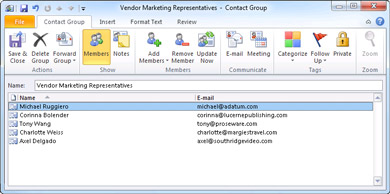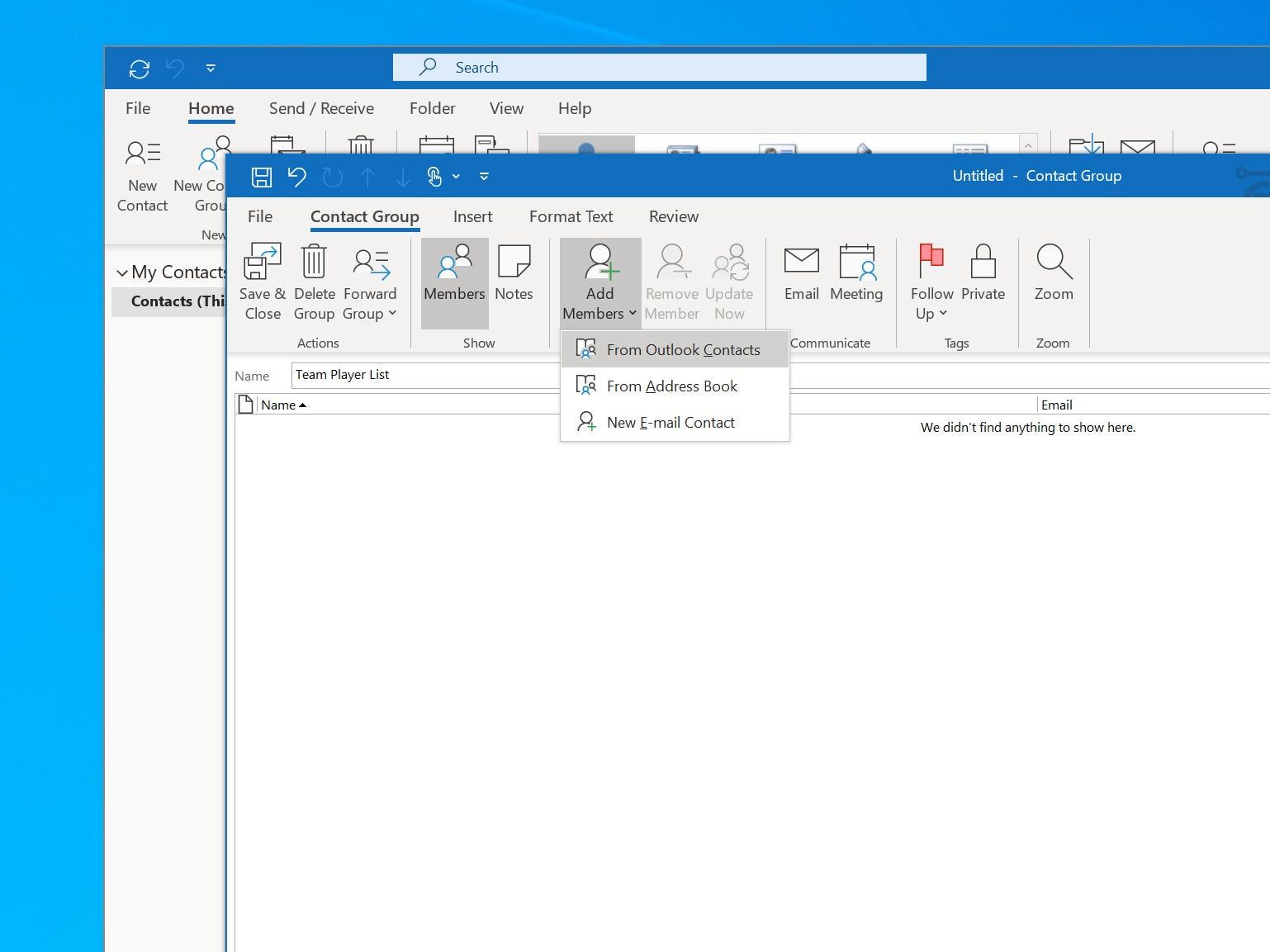

So if you’re emailing a support group, for example, you shouldn’t be sharing the recipient’s contact information.

If you deal with any sensitive information, especially financial or medical, you’re probably obliged to keep people’s identity private.Įmail addresses are often easy to link to a real person as they are considered “individually identifiable information” by both HIPAA in the United States and GDPR in Europe. Plenty of data protection and compliance issues provide good reasons to hide someone’s email address. Your friends might be okay with you contacting them by email, but they likely don’t want their contact information shared with everyone you send mass emails to. Why Would You Hide the Names in a Contact Group? We’ll be showing you how to hide the names of the recipients in a contact group, but the same steps work for distribution lists. If you don’t have O365 and are using a stand-alone version of Office without web apps, you might still have distribution lists available to you. RELATED: What's the Difference Between Office 365 and Office 2016? If you think this sounds exactly like a distribution list, you’d be right, with one notable exception: By default, distribution lists (and O365 Groups) appear in your organization’s global address book for everyone to see.

Instead of having to add each of them individually to an email, you can email the group name, and everyone in that group will be added as a recipient.


 0 kommentar(er)
0 kommentar(er)
